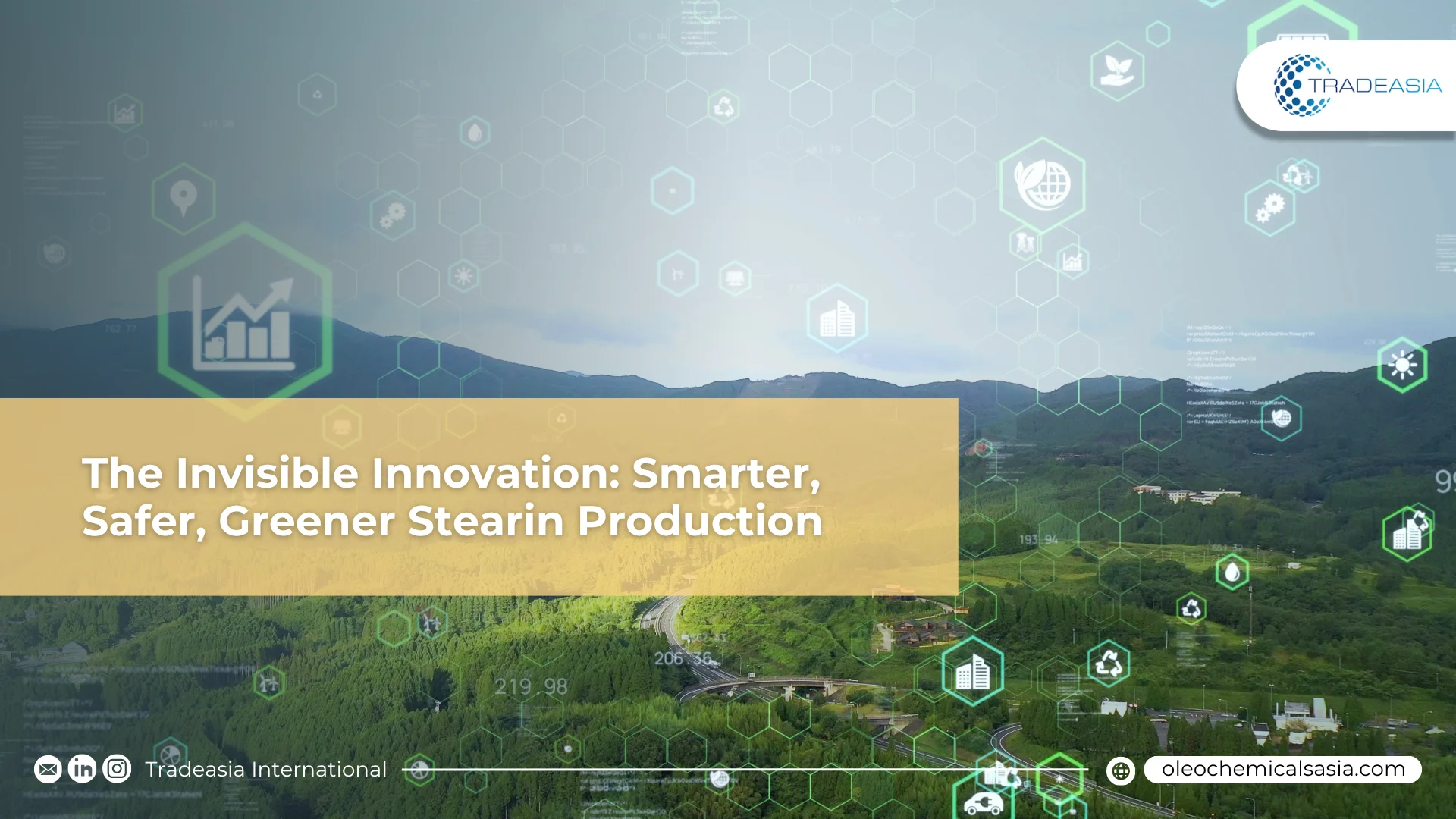The Invisible Innovation: Smarter, Safer, Greener Stearin Production

Table of Content
-
Raising the Bar on Safety and Compliance
-
The New Economics of Efficiency and Sustainability
The most critical innovations are often the ones the final consumer never sees. In the production of RBD Palm Kernel Stearin, a wave of R&D is currently overhauling the entire refining and fractionation process. The goal is simple but ambitious: to produce a safer, higher-quality product with a smaller environmental footprint and greater efficiency. For global businesses, sourcing from producers who embrace these innovations is key to de-risking the supply chain, a core principle that guides expert sourcing partners like Tradeasia International.
Raising the Bar on Safety and Compliance
A major focus of process R&D has been on food safety, particularly the mitigation of process contaminants like 3-MCPD esters. This has been a top priority in response to stringent global regulations. Through significant investment in advanced refining protocols, including enhanced washing and multi-stage, low-temperature deodorization, leading producers have achieved a breakthrough. They can now consistently guarantee 3-MCPD levels below 0.75 parts per million (ppm) in their final products. This is a crucial achievement that not only ensures consumer safety but also secures unrestricted access to discerning markets like the European Union, which has a strict limit of 1.25 ppm.
Ultimately, the quality of a final product is a direct reflection of the intelligence and integrity of the process that created it.
The New Economics of Efficiency and Sustainability
Modern R&D proves that sustainability and profitability are not mutually exclusive. New solvent-free fractionation techniques, coupled with smart energy-recovery systems, are cutting overall energy consumption in plants by an impressive 20-25% per ton of stearin produced. At the same time, a focus on a circular economy has led to advanced water treatment that allows for a recycling rate of over 95%. R&D is also turning waste into revenue. For example, new methods now allow for the recovery of up to 20% of residual oil from spent bleaching earth. This recovered oil is then sold to the biofuel industry, creating a new income stream of $60 to $90 for every ton of waste that was previously a disposal cost.
Sources:
-
Breakthroughs in 3-MCPD Mitigation in Palm Oil Refining - Oleochemicals Asia
-
EFSA (European Food Safety Authority) Scientific Opinions - EFSA
-
Journal of Cleaner Production - Elsevier

Leave a Comment